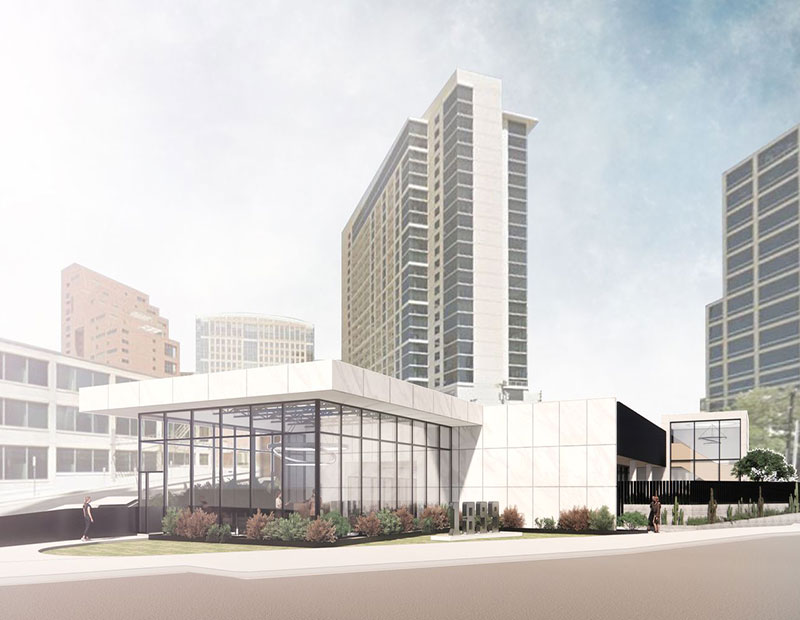Dallas’ Office Market and Lessons from the Storm
A look at how the metro’s office sector fared, and how operators can be better prepared for similar events.
Two weeks after a winter storm paralyzed Texas, residents, officials and the commercial real estate industry are still grappling with the event’s implications. Described as a winter version of Hurricane Harvey, the storm brought heavy snow, some of the state’s coldest temperatures in decades, and massive power failures that left millions without heat, power or water. Winter storm Uri brought along not only snow ranging from 3 to 10 inches but also some of the coldest temperatures the state has seen in decades.
READ ALSO: Dallas’ New Investment Hot Spot
According to PowerOutage.US, more than 2 million customers lost electricity by the morning of Monday, Feb. 15. By that same night, 4.2 million Texas customers were without power as temperatures hit record lows.
Now that the immediate emergency is largely passed, property owners and operators are turning to the larger questions raised by the storm. “This issue goes beyond offices and affects real estate as a whole because you cannot properly assess the damage done during such a cataclysmic weather event until after the carnage has ended and the snow has melted,” Ari Rastegar, founder & CEO of Rastegar Property Co., told Commercial Property Executive.
Affected operations
Although a large majority of today’s workforce is stationed remotely due to the coronavirus pandemic, there are still many companies that have returned to physical office spaces. “Many property owners have had to be pro-active with their tenants, advising them to either stay at home or proceed with caution traveling to work,” Joe Santaularia, first vice president for Bradford Cos./CORFAC International, told CPE. Due to not usually having to deal with snow, most Texans do not have full- or front-wheel drive vehicles or the experience to drive on snow or ice, he added.
The most important thing when handling events like this is for the building operators to go in and see what’s going on inside their properties, assessing any damages or issues that need to be taken care of. Whether it be leaks or burst pipes to structural damage, gauging what needs the most attention is the first step towards getting things back up and running.
“Because the media spun this story before it happened to say the storm wouldn’t be very catastrophic, many real estate owners did not preemptively weatherize their buildings in anticipation of it; they had no way of knowing that they needed to,” Rastegar noted.
Precautions for the future

Citymark in Dallas. Image courtesy of Bradford Cos./CORFAC International
Considering how unprepared Texas was to deal with this type of event, owners and operators everywhere should take this as an example to be better prepared for the future, no matter the location or emergency. Be sure to stock up on items like bottled water, blankets and propane at your properties, in case tenants get stuck at the office or in the event you may be required to assist others nearby. In addition, consider investing in a backup generator; that way, your building can stay open and might temporarily serve as a safer location to your tenants than their own homes.
“Typically, we remove the snow and ice to prevent slip-and-fall hazards. For protection of buildings, we check the plumbing and electrical systems to minimize power outings. We also have extra insulation by wrapping pipes and draining lines,” John Myers, managing director, for property management at JLL, told CPE.
Myers noted that the difficulty in travel minimized the number of people in the buildings and, in some cases, the loss of power and water affected the ability of the building to support its occupants at all. However, even with these issues, he believes that “the Dallas office market fared better than the cities to the south like central Texas and Houston,” added Myers. “I think this is primarily because we deal with this type of weather more often than those cities do.”








You must be logged in to post a comment.